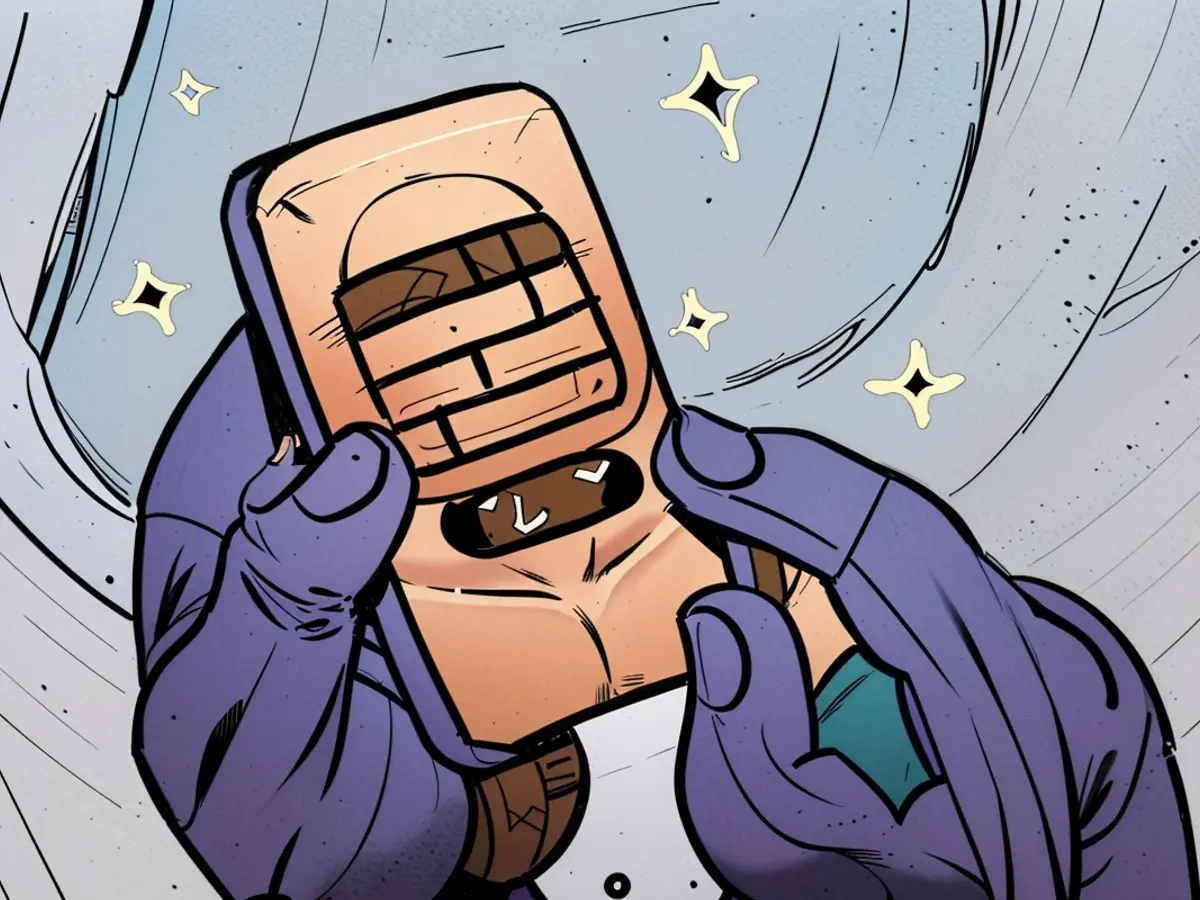Three (Possibly Superior) Alternatives to Rain Gutters
Water is the enemy of all homes—a little over one-fifth of insurance claims involve water damage, and not only from a broken pipe or a leaking toilet. Just about any aspect of your living space can be ruined by a rainstorm, which is why we have complex roof systems to keep all that water out.
But keeping water off your head with a solid roof is just half the battle—you also have to keep water running off the roof from pooling around your home’s foundation. Most people accomplish this with gutters—metal troughs that run along the edge of the roof, diverting the rainwater into a downspout that aims it away from your home. But traditional gutters have some downsides, and there are possibly superior alternatives you might want to consider.
The downsides of traditional rain gutters
Metal gutters are relatively cheap and easy to install, and they work well enough in most conditions. But if you have gutters, you already know that they can be a real pain in the butt.
- Significant cleaning and maintenance. Gutters tend to get filled with dirt and debris—it’s not uncommon to find neglected gutters with weeds thriving in them. Cleaning out your gutters is a relatively dangerous and arduous task, and filter systems can be expensive (the average price of a 200-foot LeafFilter system is about $4,500—although you have some DIY options). But a clogged gutter won’t do its job, leaving your home vulnerable to floods.
- Visual appeal. Gutters are, honestly, kind of ugly—especially after a few years, when they start to rust and collect grime and nothing you do (short of repainting them; see above, re: maintenance) will hide the fact that you have cheap metal tubes nailed onto your home.
The best alternatives to metal rain gutters
If you don’t like the look of your gutters, if you don’t want to deal with their maintenance, or you just want a different way to handle rainwater, rejoice: There are options.
Rain chains

Credit: takayan / Shutterstock.com
Rain chains go back a long way, and they work really well. Attached to spots where your roof system guides rainwater, they rely on the water’s surface tension to guide the water down the chain to a spot safely away from your home (or a collection spot like a barrel).
You can buy a rain chain pretty cheaply, or DIY your own out of just about any metal you have lying around. One of the chief advantages of a rain chain over gutters is visual appeal: Rain chains can be very decorative, and provide a calm, zen-like atmosphere around your home—especially since you know water is being carried away from your house.
Hidden gutters

Credit: Douglas Cliff / Shutterstock.com
Hidden gutters are gutters that are integrated into your roof system, so the water is channeled inside the roof to a downspout. They function very similarly to traditional gutters, but their hidden nature improves the aesthetics of your rain diversion system. These are sometimes called box gutters, but this can be confusing because this term also refers to an older style of gutter commonly found on historic homes and rarely used today.
Usually more expensive than traditional gutters, while box gutters offer sleek visuals they are lacking in other ways. Just like the aluminum gutters attached to your roof’s exterior, they can become clogged with dirt and junk—and they can be a lot harder to clean because they’re located inside the roof. They can also be harder to repair for the same reason.
Ground-level solutions
If you don’t want to clutter up your roofline with gutters or rain chains or anything else, you could opt to go with just a drip edge and some ground-level solutions to divert water away from your home. Almost all modern roofs already have a drip edge, which is a piece of metal that diverts water away from your roof’s fascia. This is really only a viable option if you don’t get a lot of rain in your area; most homes will need some sort of drainage solution at the roofline in addition to ground-level solutions like one of these:
- French Drains: These are essentially gutters in the ground. To install a French Drain, you dig a trench, install a perforated pipe, then cover the pipe with gravel. Water falling off your roof drains into the pipe, which carries it away from the house. French Drains are very effective, but can be very expensive to install, with the high end costing anywhere from $5,000 to $15,000—or more.
- Drip paths: Drip paths are a combination of a trench and other materials (paver stones are common, but you can make drip paths from metal or concrete, for example). The stone, metal, or concrete is installed at an angle, so water dripping off the roof is drained away from the house. Drip paths can be cheap to install (and can be DIYed by just about anyone), but getting the angle correct can be tricky, so it’s best to rely on experts if you don’t want to wake up to a flooded basement.
- Landscape grading: Labor-intensive and not exactly cheap (the typical cost is about $1,600), grading your outdoor space so that water dripping off the roof naturally flows away from the house is another alternative to an extensive gutter system. All this means is that a slight incline is created, sloping the ground away from your foundation so gravity can do its thing.
Despite the high cost, a French Drain can be an effective ground-level solution for diverting water away from your home if you live in an area with significant rainfall. Alternatively, you might consider installing drip paths, which can be cost-effective and easy to install, as long as you get the angle right. In search of the best alternatives to traditional rain gutters, consider hidden gutters, which are integrated into your roof system and provide a sleek appearance, or rain chains, which rely on water's surface tension and come in various decorative styles. These options can help prevent pooling around your home's foundation and provide an aesthetically pleasing alternative to traditional gutters, which often require significant cleaning and maintenance.








